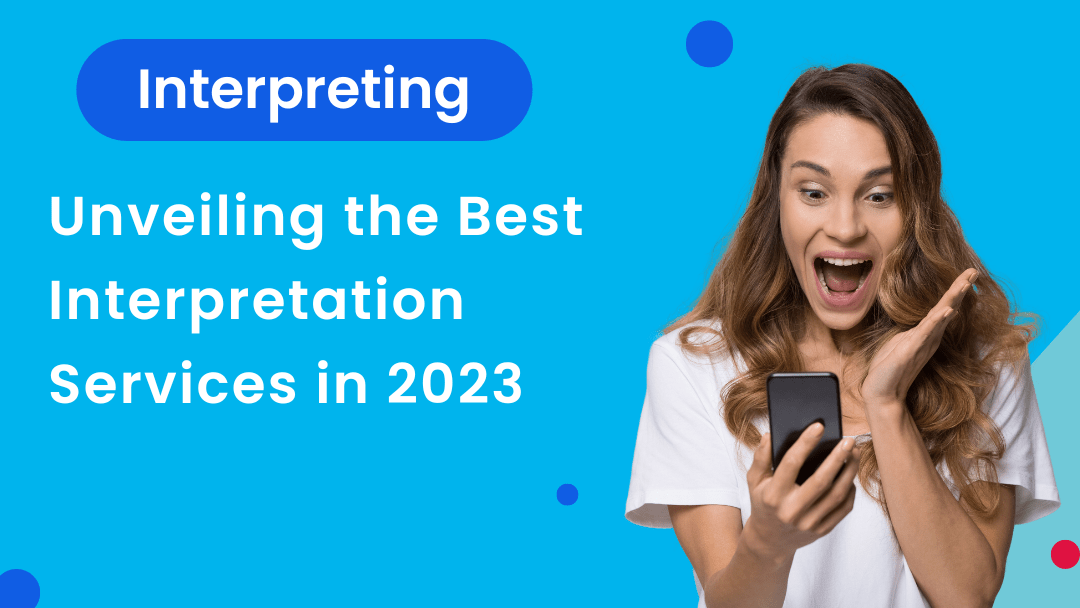Video remote interpreting is growing. Zoom calls have taken over the landscape. Google Meetings and Microsoft Teams aren’t too far behind. Skype is still around, and everyone is familiar with what FaceTime is, even if they have never picked up an iPhone.
Video conferencing has played an important role in the world of digital interaction for well over a decade. Once thought of as an innovation geared mostly towards office professionals, the ability for people to speak face-to-face, in a virtual sense, is now a part of everyday life. Friends and family members checking in with one another via video has become as common of an excuse to stay “camera ready” as job interviews and committee meetings.
But for people who are deaf or HOH (hard of hearing), video sign language interpreting call availability tends to be limited unless the other party is proficient at using sign language, which in the United States comes in the form of ASL, or American Sign Language.
The good news is that educators as well as family members of deaf or HOH individuals are usually well-versed enough in ASL to communicate effectively during video calls. However, that is hardly an unanimous occurrence. Most of the public is not schooled in this arena, and that includes doctors and other medical professionals along with pharmacists, lawyers, local politicians, journalists, and the list goes on and on and on.
This can be a problem.
Over the past six months, the world has received a prolonged look at how life can take on a semblance of normalcy with the help of video calls, as this brand of technology has been responsible for keeping people connected on a larger scale than previously ever realized. Unfortunately, not everyone has benefited, specifically in this case the HOH. And the one manner in which this has played out the most is when it comes to medical concerns.
When the coronavirus pandemic first swept through the United States back in the spring of 2020, in-person doctor appointments plummeted. Physician offices in most regions of the country closed shop and instructed patients to either call in or schedule “tele-health” appointments, aka video conferences (which in conjunction with virtual learning is what propelled Zoom towards experiencing exponential growth). That’s when video remote interpreting from home gained in popularity.
While not ideal for those who desire thorough in-person examinations, the tele-health option has proved to serve as an effective measure in bridging the gap, and making patients at least feel a connection with their healthcare providers. Unfortunately, this option is not always accessible for deaf patients, and definitely isn’t if it is an audio-only call.
It is also much more than an inconvenience. Depending on the circumstances, it can be life threatening.
Thankfully, just about every problem is accompanied by a solution. And for entities that wish to appropriately advocate for and cater to deaf or HOH persons, the solution is called Video Remote Interpreting.
How VRI – Video Remote Interpreting Works
Virtual remote interpreting functions just as you might suspect. A multi-party connection is necessary: the deaf/HOH person is connected to both the professional with whom they must speak (doctor, lawyer, teacher, etc) and the interpreter. Whatever the professional has to say becomes the responsibility of the interpreter, who provides, via video, signs to the HOH person. And when the deaf/HOH person responds on camera, the interpreter verbalizes it to the professional.
The emergence of VRI services has made an enormous impact on the HOH community. With virtual remote options becoming more and more accessible, those with hearing loss or difficulty are now able to discern the availability of these services in an effort to help them make decisions pertaining to their healthcare, education, and other concerns. Thus, the onus falls on such institutions to offer virtual remote interpreting services, that is if they would like to keep these individuals as patients and customers.
Look for Real Pros
Linguistic professionals who perform virtual remote interpreting services are often versatile and equipped to handle clientele for a variety of industries. But — sometimes, a focus may be necessary. For instances when a deaf/HOF person is to receive complicated medical or scientific instructions, a virtual remote interpreter who is experienced in the medical/biological arena may be worth exploring. The same goes for situations which may revolve around legal issues, secondary education, and so forth.
What matters most, of course, is the point we keep coming back to — accessibility. VRI as recently as 15 years ago was a very unique service. Even dating back a decade, it was not an alien concept, but it also wasn’t offered on a wide-scale basis. That has all changed, and for the better. Today, more and more companies are availing virtual remote interpreters to meet the needs of the HOH, and bigger, bolder steps are being made everyday. The gap has more than narrowed. With devoted VRI pros now on the job all over the world, it has all but disappeared.
Timothy Hands – Writer at The Language Doctors


